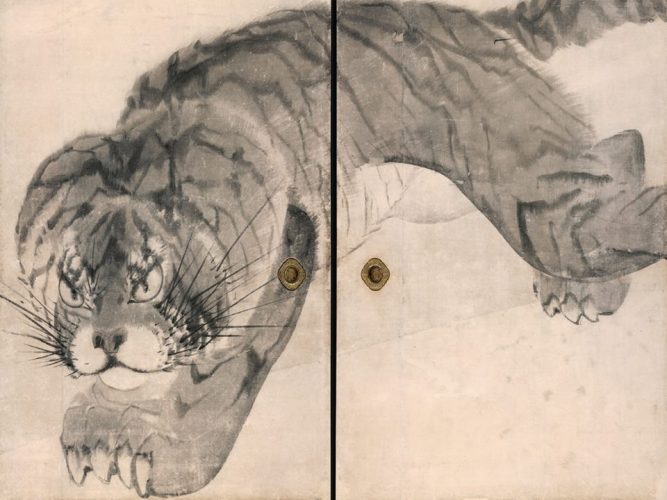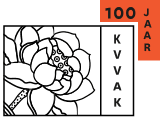
Annual Rijksmuseum / IIAS lecture: ‘Nagasawa Rosetsu and the Modalities of Painting in 18th Century Japan’ door Prof. Matthew McKelway
De Annual Rijksmuseum / IIAS Lecture wordt dit jaar gehouden op 20 oktober in het Auditorium van het Rijksmuseum.
Programma
14:30 Registratie en inloop met koffie en thee
15:00 Welkomstwoord
15:10 Lezing door Prof. Matthew McKelway
16:00 Q&A
16:30 Sluiting
Locatie
Auditorium Rijksmuseum, Amsterdam
Registreren
Registreren per e-mail aan Heleen van der Minne h.m.van.der.minne@iias.nl
Nagasawa Rosetsu and the Modalities of Painting in 18th Century Japan
In this year’s IIAS-Rijksmuseum Lecture, Prof. Matthew McKelway will introduce the fascinating art of Nagasawa Rosetsu, whose spectacular paintings are currently the subject of an exhibition in the Rietberg Museum in Zürich.
Rosetsu embodied in his career and work the particular environment of 18th c. Kyoto, when social, economic, and other historical conditions enabled artists like Rosetsu and Shohaku to pursue careers outside the traditional framework of painting workshops. Rosetsu seems to have been equally at home working side by side the leader of the largest workshop in Kyoto, Maruyama Okyo, and making pictures for wealthy clients far away from the old capital. Rosetsu’s versatility in a wide range of styles and subjects made him especially adept at satisfying many different demands, such as preparing large scale room paintings, ex votos, private albums and handscrolls, and book illustrations.
Matthew McKelway specialises in the history of Japanese painting. His studies initially focused on urban representation in screen paintings of Kyoto (rakuchū rakugai zu) and the development of genre painting in early modern Japan, but have extended to Kano school painting, Rimpa, and individualist painters in eighteenth-century Kyoto. In his publications he has sought to understand Japanese paintings according to the physical and cultural contexts of their creators in order to discover the motivations, whether political, personal, literary, or philosophical, that drove them to make pictures in particular ways.
